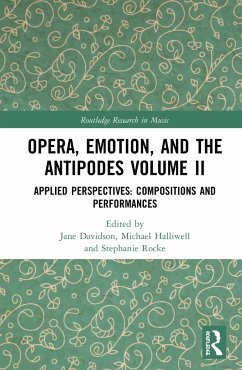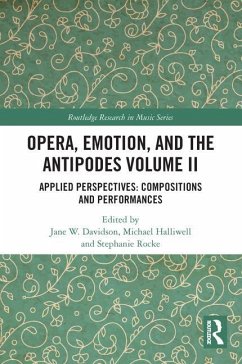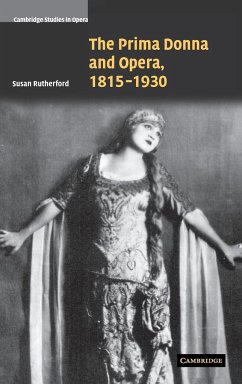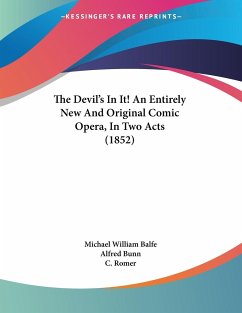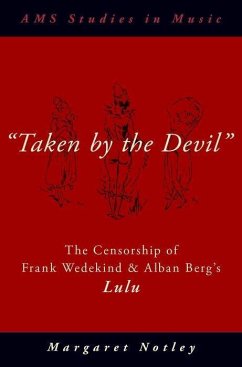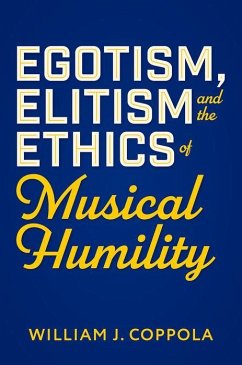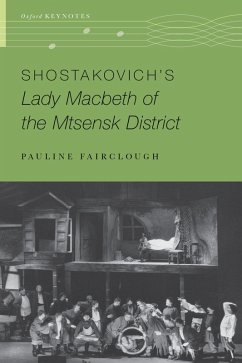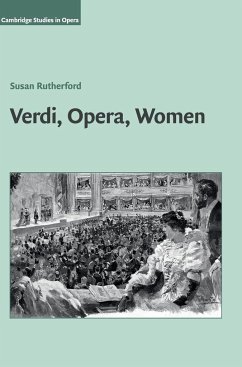
The Musical Language of Italian Opera, 1813-1859
Versandkostenfrei!
Versandfertig in über 4 Wochen
157,99 €
inkl. MwSt.
Weitere Ausgaben:

PAYBACK Punkte
79 °P sammeln!
The Musical Language of Italian Opera, 1813-1859 examines operatic music by five Italian composers--Rossini, Bellini, Mercadante, Donizetti, and Verdi--and one non-Italian, Meyerbeer, showing how certain recurring principles define a distinctively Italian practice that left its mark on the German repertoire more familiar to music theorists.




